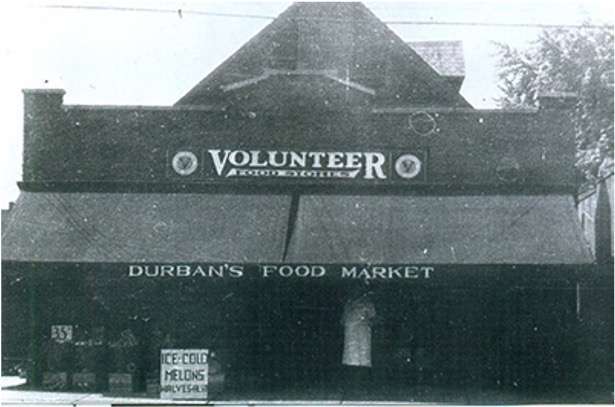
Volunteer Food Stores were a unique type of grocery store that operated in the United States during the 1920s to 1940’s, especially evolving in response to the Great Depression. They became known as “volunteer” supermarkets because they relied on volunteers to help run the stores and keep costs low.
They offered low-priced food and other basic necessities and were designed to help struggling families during a time of widespread unemployment and economic hardship.